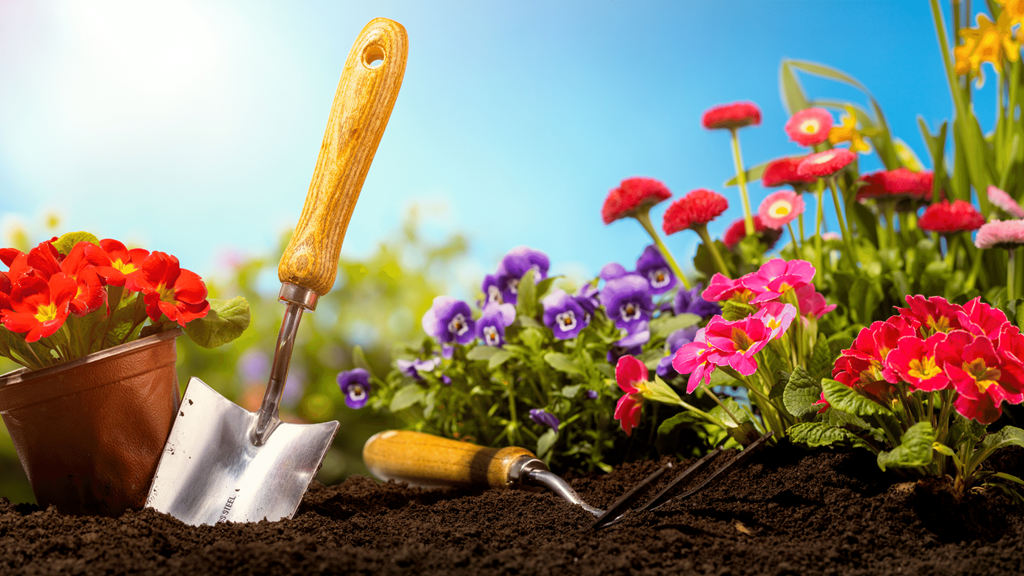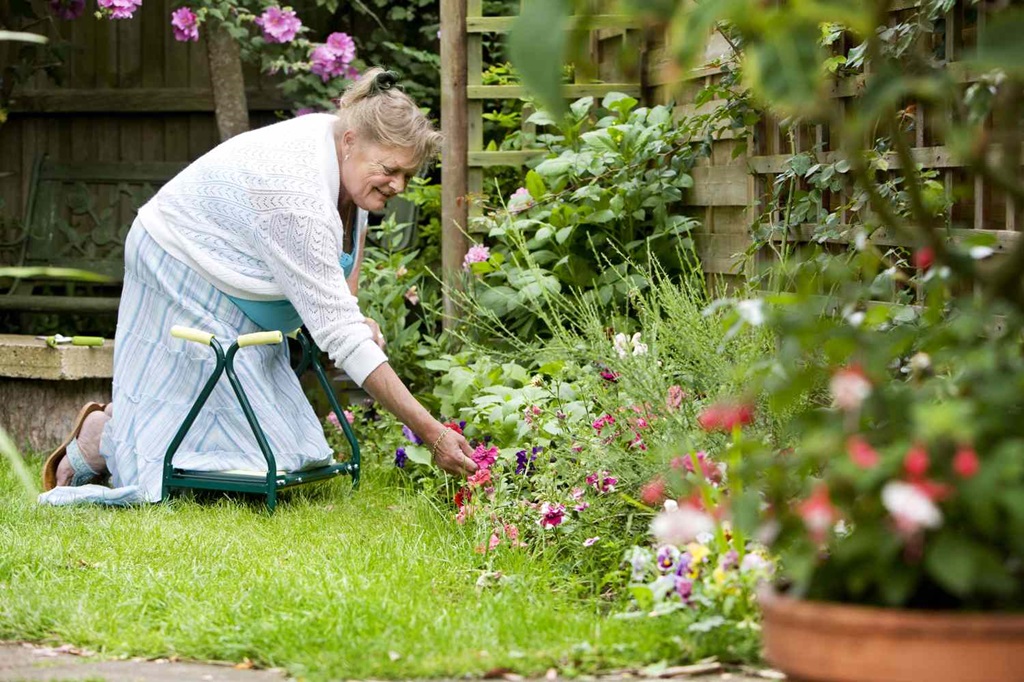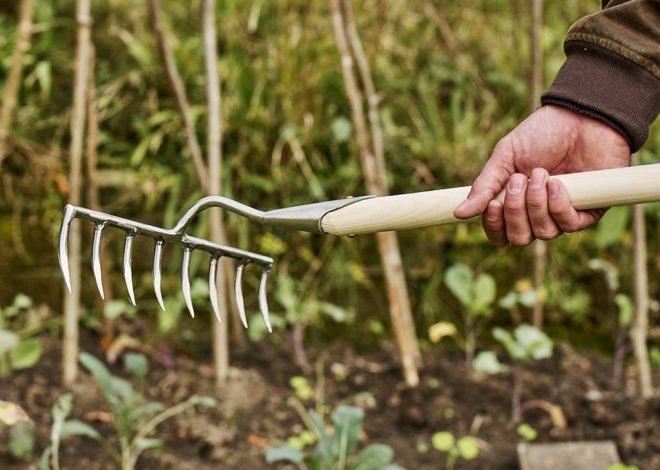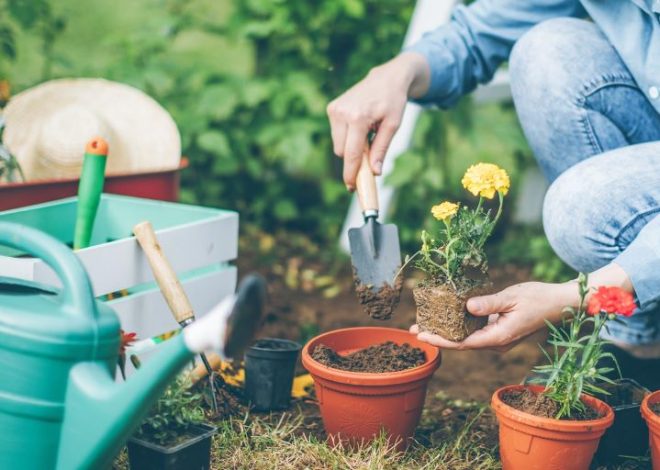
The Best Garden Tools for Arthritic Hands
Imagine kneeling in the dewy grass, surrounded by the vibrant tapestry of your flourishing garden. The sun warms your face, and the earthy fragrance of blooming roses fills your lungs. You reach down, fingers instinctively seeking the cool comfort of the damp soil, ready to nurture your green kingdom.
But then, a sharp pang jolts through your hand, radiating up your arm like a lightning bolt. Arthritis, that unwelcome companion, reminds you of its harsh reality. The joy of gardening, once a source of solace and connection, now threatens to become a painful chore. In this article, we explore the best garden tools for arthritic hands.
Tools that Become Your Allies
Gone are the days of clunky, unforgiving gardening equipment that exacerbates your joint pain. The modern arsenal of arthritis-friendly tools is a testament to human ingenuity, each feature meticulously designed to ease your grip, minimize strain, and let you focus on the joy of cultivation. Let’s delve into the key characteristics that transform these tools from instruments of labor into trusty gardening companions
1. Ergonomic Handles:
Imagine this: you grasp the trowel, not with a white-knuckled grip, but with relaxed fingers gently cocooned in a soft, cushioned handle. Say goodbye to the pinching discomfort of traditional designs! Ergonomically designed handles boast contours that mimic the natural shape of your hand, distributing pressure evenly and reducing stress on your joints. Look for padded grips made from materials like gel or foam, further cradling your palm and absorbing shock with each dig.
- Lightweight Materials:
Heavy metal tools – banished! Embrace the age of lightweight aluminum and durable composites. These materials, while robust enough for the toughest tasks, significantly reduce the weight you need to manage. Imagine the difference: instead of battling the fatigue of lifting a hefty shovel, you wield it with newfound ease, letting your muscles focus on the task, not on supporting unnecessary bulk.
- Ratcheting and Spring-Loaded Mechanisms:
Imagine this: you effortlessly prune a thick branch, not with a series of bone-jarring squeezes, but with a gentle squeeze followed by a smooth, assisted cut. Enter the world of ratcheting and spring-loaded mechanisms – your new heroes in the battle against fatigue and joint pain.
- Long Handles:
Remember the stooping, the bending, the ache in your lower back? Banish them with the liberating embrace of long-handled tools! Ergonomic trowels, weeders, and even shears extend your reach, allowing you to work directly from a standing position. No more compromising your posture or subjecting your knees to unnecessary strain.
A Curated Selection of Arthritis-Friendly Tools
Now that we’re armed with the knowledge of essential features, let’s delve into the heart of the matter: specific garden tools that seamlessly blend comfort and functionality for your arthritis-friendly garden. Consider this your armory, stocked with weapons of choice to vanquish pruning fatigue, wedding woes, and the dreaded digging dilemma.
1. Pruning Shears:
The trusty pruner, your gateway to shaping your verdant kingdom, deserves a metamorphosis. Enter the Felco 2 Bypass Pruner, a champion of comfort. Its ergonomic, non-slip handles cradle your hand, while the bypass-cutting action minimizes strain by cleanly shearing through branches. For thicker stems, the Fiskars PowerGear2 Bypass Pruner steps up, its gear-assisted mechanism multiplying your cutting power with minimal effort.
2. Hand Trowels:
The humble trowel, your soil whisperer, deserves an upgrade. Bid farewell to bulky, unyielding designs! The Gardener’s Friend Ergonomic Hand Trowel beckons with its lightweight aluminum construction and soft, gel-filled handle. Its angled design aligns with your forearm, reducing wrist strain, while the deep scoop allows you to cradle soil with ease. For those with limited hand strength, the Fiskars Ergo Comfort Hand Trowel offers a spring-assisted mechanism, making even the most stubborn soil yield to your gentle touch.
3. Weeders:
The bane of every gardener’s existence, weeds, can become your nemesis no more. Enter the Kneelo Ergo Weeder, your kneeling-free hero. Its long, angled handle allows you to weed from a comfortable standing position, protecting your knees and back. Its sharp, curved blade effortlessly severs roots, while the built-in soil release mechanism ensures you’re not left battling clumps of clinging earth.
4. Gardening Gloves:
Protection and comfort go hand in hand, literally, with the right gardening gloves. Look for gloves like the DexGrip Arthritis Gloves, featuring lightweight, breathable materials and strategically placed gel pads to cushion your joints and absorb shock. Their non-slip grip ensures you maintain control even when handling wet soil or tools, while the flexible design allows for unimpeded dexterity. Remember, happy hands make for happy gardening!
5. Watering Tools:
Hydrating your haven shouldn’t be a chore. Ditch the heavy watering cans and embrace the Fiskars Easy Grip Soft Touch Watering Can. Its ergonomic handle and soft grip make it a pleasure to hold, while the adjustable spray nozzle allows you to tailor the water flow to your needs. For those seeking a more automated solution, consider a hose-end sprayer with a comfortable trigger and adjustable settings. Remember, a well-watered garden is a thriving garden, and with the right tools, it doesn’t have to come at the cost of your joints.
Conclusion
Yes, the journey has its challenges. Pain may whisper its doubts, stiffness may try to slow you down. But remember, knowledge is your shield, adaptation is your sword, and joy is your ultimate victory. You’ve learned about ergonomic tools that cradle your hand and minimize strain, about techniques that reduce bending and protect your joints. You’ve discovered how to modify your garden itself, transforming it into a landscape of accessibility and comfort. You’ve even learned to listen to your body, embracing rest as a vital ingredient in the recipe for pain-free gardening.
Frequently Asked Questions
1. Can gardening worsen arthritis?
While certain repetitive motions or awkward postures can exacerbate joint pain, the overall benefits of gardening far outweigh the risks. Gentle exercise, stress relief, and the joy of connecting with nature all contribute to improved well-being, often leading to a decrease in pain perception. The key lies in choosing the right tools, adapting your techniques, and listening to your body. Remember, a well-planned, pain-free gardening experience can be a potent arthritis warrior!
2. What are the best gardening activities for people with arthritis?
Focus on tasks that minimize bending and repetitive strain. Raised beds allow you to work from a comfortable standing position, while long-handled tools ensure you don’t have to twist or kneel. Opt for tasks like deadheading flowers, mulching, or container gardening, activities that engage your upper body and promote gentle movement. Remember, there’s no “one-size-fits-all” approach – experiment and find activities that spark your joy while keeping your joints happy.
3. How can I modify my garden to make it arthritis-friendly?
Think accessibility! Opt for wider pathways to accommodate assistive devices like wheeled walkers. Install sturdy benches or stools for frequent rest breaks. Consider raised beds or container gardening to minimize bending. Utilize drip irrigation systems to eliminate heavy watering cans. Remember, small changes can create a world of difference. Embrace creativity and design a garden that caters to your specific needs and limitations, transforming it into a sanctuary of comfort and joy.
4. What should I wear while gardening with arthritis?
Comfort is key! Opt for loose-fitting, breathable clothing that allows for easy movement without irritating your joints. Choose shoes with good arch support and traction to prevent slips and falls. Consider compression sleeves or gloves for additional support and pain relief. Remember, taking care of your overall comfort translates to a more enjoyable and pain-free gardening experience.
5. How can I manage fatigue while gardening?
Listen to your body and take frequent breaks! Pace yourself and plan shorter, more manageable sessions. Utilize tools with features like spring-assisted mechanisms or lightweight materials to minimize exertion. Delegate tasks, if possible, or consider hiring help for heavier jobs. Remember, rest is not a sign of weakness; it’s a vital ingredient for a sustainable and joyful gardening journey.





